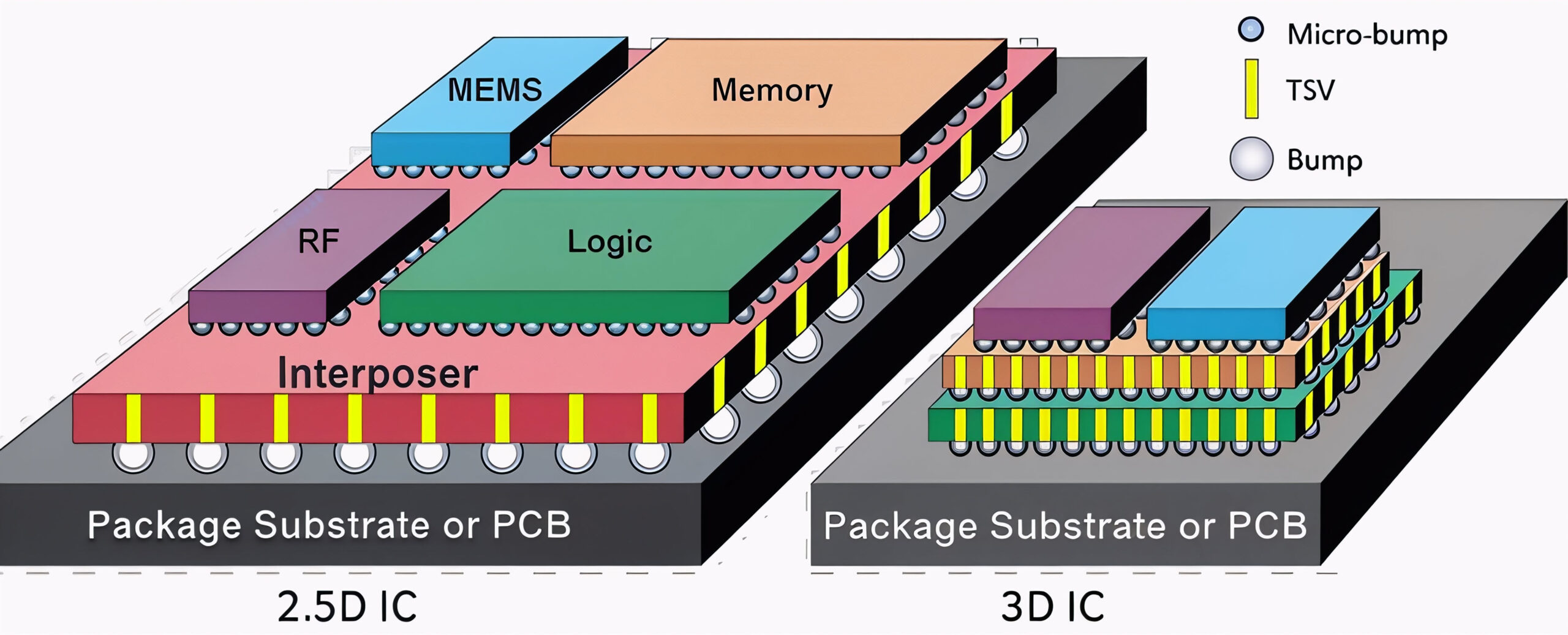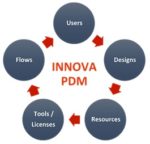Extreme ultraviolet (EUV) lithography targets patterning pitches below 50 nm, which is beyond the resolution of an immersion lithography system without multiple patterning. In the process of exposing smaller pitches, stochastic patterning effects, i.e., random local pattern errors from unwanted resist removal or lack … Read More
 Google's Road Trip to RISC-V at Warehouse Scale: Insights from Google's Martin DixonIn a engaging presentation at a recent RISC-V…Read More
Google's Road Trip to RISC-V at Warehouse Scale: Insights from Google's Martin DixonIn a engaging presentation at a recent RISC-V…Read More Bridging Embedded and Cloud Worlds: AWS Solutions for RISC-V DevelopmentIn a compelling keynote at the RISC-V Summit…Read More
Bridging Embedded and Cloud Worlds: AWS Solutions for RISC-V DevelopmentIn a compelling keynote at the RISC-V Summit…Read More Cost, Cycle Time, and Carbon aware TCAD Development of new TechnologiesOur good friend Scotten Jones wrote a paper…Read More
Cost, Cycle Time, and Carbon aware TCAD Development of new TechnologiesOur good friend Scotten Jones wrote a paper…Read More 3D ESD verification: Tackling new challenges in advanced IC designBy Dina Medhat Three key takeaways 3D ICs…Read More
3D ESD verification: Tackling new challenges in advanced IC designBy Dina Medhat Three key takeaways 3D ICs…Read MorePodcast EP128: Secure-IC’s Vision For Cybersecurity
Dan is joined by Hassan Triqui who has over 20 years of experience in the technology sector. Prior to spearheading Secure-IC’s development into a major player in embedded cybersecurity solutions, Hassan was a former senior executive at Thales (Talles) and Thomson.
Dan explores Secure-IC’s vision and strategy to deploy… Read More
Samsung Versus TSMC Update 2022
After attending the TSMC and Samsung foundry conferences I wanted to share some quick opinions about the foundry business. Nothing earth shattering but interesting just the same. Both conferences were well attended. If we are not back to the pre pandemic numbers we are very close to it.
TSMC and Samsung both acknowledged that there… Read More
Hyundai’s Hybrid Radio a First
Current owners of a wide range of Hyundai connected cars encompassing multiple model years are receiving or have received notification of the availability (i.e. eligibility) for a software upgrade that will connect their in-vehicle radio to the Internet. For those owners who receive and have this update installed they may not… Read More
INNOVA PDM, a New Era for Planning and Tracking Chip Design Resources is Born
No doubt that the design success of nowadays system on chips (SoCs) is directly linked to the success of cost control. More market opportunities are open for less expensive system on chips and electronic systems.
Both the design cost prediction and the resource tracking during the design process, are key to such a success
Predicting… Read More
Podcast EP127: MITRE Engenuity – Reshaping the Future of Semiconductors and Innovation
Dan is joined by Dr. Raj Jammy of MITRE Engenuity. As Chief Technologist, Raj is responsible for incubating and accelerating technologies in partnership with the private sector, and for developing strategic frameworks that promote technologies for the public good. A seasoned semiconductor/electronics industry executive,… Read More
WEBINAR: FPGAs for Real-Time Machine Learning Inference
With AI applications proliferating, many designers are looking for ways to reduce server footprints in data centers – and turning to FPGA-based accelerator cards for the job. In a 20-minute session, Salvador Alvarez, Sr. Manager of Product Planning at Achronix, provides insight on the potential of FPGAs for real-time machine… Read More
IDEAS Online Technical Conference Features Intel, Qualcomm, Nvidia, IBM, Samsung, and More Discussing Chip Design Experiences
Ansys is hosting IDEAS Digital Forum 2022, a no-cost virtual event that brings together industry executives and technical design experts to discuss the latest in EDA for Semiconductors, Electronics, and Photonics.
See the full online conference agenda and list of speakers at www.ansys.com/IDEAS. The free registration will… Read More
Integration Methodology of High-End SerDes IP into FPGAs
Over the last couple of decades, the electronics communications industry has been a significant driver behind the growth of the FPGA market and continues on. A major reason behind this is the many different high-speed interfaces built into FPGAs to support a variety of communications standards/protocols. The underlying input-output… Read More
The Role of Clock Gating
Perhaps you’ve heard the term “clock gating” and you’re wondering how it works, or maybe you know what clock gating is and you’re wondering how to best implement it. Either way, this post is for you.
Why Power Matters
I can’t help but laugh when I watch a movie where the main characters are shrunk… Read More










Quantum Computing Technologies and Challenges